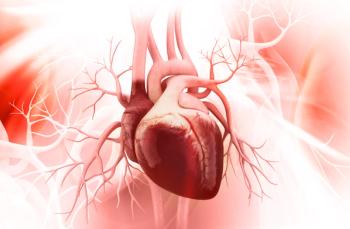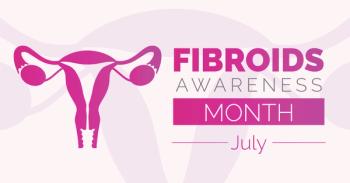
Enucleation of uterine fibroids during cesarean section
A retrospective study that investigated the effectiveness and feasibility of fibroid enucleation in the anterior wall of the uterus by transverse uterine incision during cesarean section.
A retrospective study that investigated the effectiveness and feasibility of fibroid enucleation in the anterior wall of the uterus by transverse uterine incision during cesarean section has found no significant differences in numerous factors and outcomes compared to enucleation performed through a subserous incision.1
The study in BMC Pregnancy and Childbirth concluded that the leiomyoma number, pathological type, preoperative and postoperative hemoglobin level, perioperative bleeding incidence, blood transfusion frequency, postoperative fever incidence, and duration of lochia were similar for both groups.
The anterior approach allows the myoma of the uterus to be removed, without adding a new uterine incision, thus preserving the integrity of the uterine tissue as much as possible and reducing the potential of eventual uterine and pelvic adhesion.
The study was comprised of 90 pregnant women, with an average age of 34.7 years, who were diagnosed with anterior uterine fibroids and admitted to the second Department of Maternal and Child Health Hospital of Fujian Province in China between January 2015 and December 2019.
Patients were divided into 2 groups, according to the method of enucleation of the largest leiomyoma: enucleation through the incision margin of the lower segment of the uterus (n = 40) (study group) and enucleation via a subserous incision (n = 50) (control group).
There were no significant differences between the two groups in patient age, body mass index (BMI), weight, height, gestational age, gravidity, parity, previous history of cesarean section or myomectomy, primipara, emergency cesarean section, abnormal fetal position, and neonatal weight.
Likewise, there were no significant differences in the incidence of obstetrical complications, such as gestational diabetes mellitus, gestational hypertension, premature rupture of membranes, placenta previa, and placental abruption (all P > 0.05).
Among the cohort, there were five cases of fetal growth restriction (6%); six cases of fetal distress (7%); one case of fetal death at 22 weeks of pregnancy; but no cases of neonatal asphyxia.
The number of cases with the largest fibroid diameter of ≥5 cm was higher in the study group than in the control group: 73% vs. 42% (P = 0.00).
Similarly, the proportion of type III-V fibroids was higher in the study group: 80% vs. 60%, respectively (P = 0.04 )
The total operation time in the study group was a median of 83.3 minutes, which was slightly longer than the median of 72.5 minutes in the control group, yet the difference was statistically significant (P = 0.04).
However, the postoperative hospital stay in the study group was slightly longer than that in the control group: median 3.6 days vs. 3.2 days, respectively (P = 0.01).
Of the 90 patients, one patient in the control group had postpartum hemorrhage, one study patient and two control patients had a blood transfusion, and two study patients and three control patients had fever after surgery.
All patients were followed up for at least 6 months, and there was no difference in the time of lochia cleaning between the two groups.
“Whether or not to remove uterine fibroids simultaneously during cesarean section remains controversial,” wrote the authors, noting that “many pregnant women prefer to eviscerate the myoma of the lower part of the uterus simultaneously during cesarean section.”
The authors stated that fibroid enucleation in the anterior wall of the uterus has the potential to eventually reduce the risk of pelvic and intrauterine adhesions.
Reference:
1. Dai Y, Xia L, Lin J, et al.Study on the method of enucleation of anterior uterine fibroids by transverse incision of the lower uterine segment during cesarean section. BMC Pregnancy Childbirth. Published online November 3, 2021. doi:10.1186/s12884-021-04226-1
Newsletter
Get the latest clinical updates, case studies, and expert commentary in obstetric and gynecologic care. Sign up now to stay informed.










